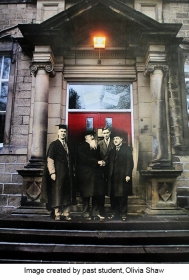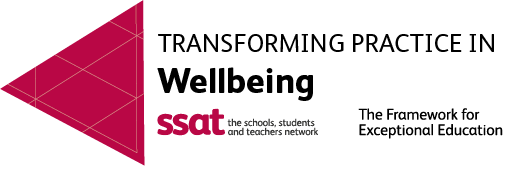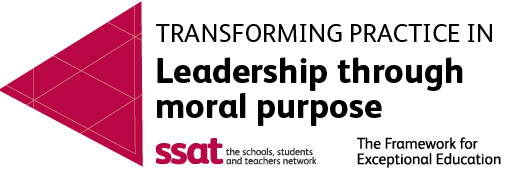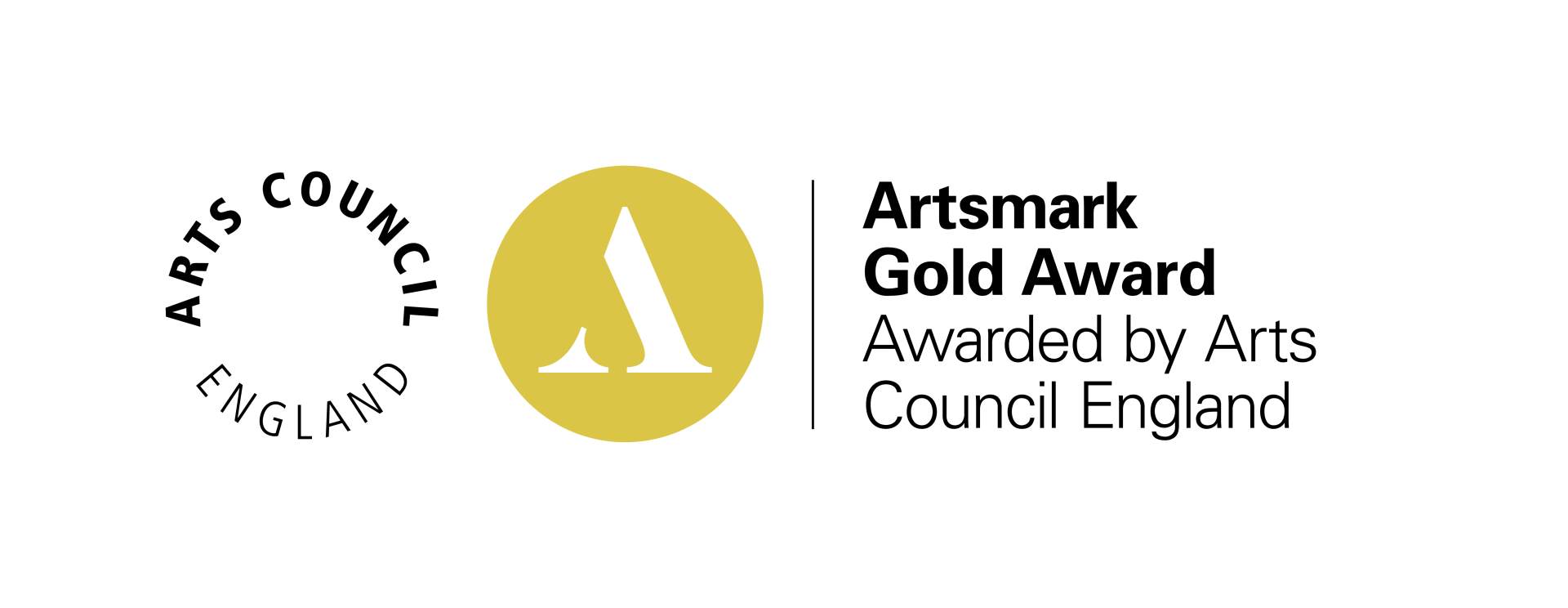School History
There has been a settlement in Bingley since the middle ages - the name deriving from the Old English Bynnaingasleah, or Bynna’s descendants who lived in a clearing in the forest. When the Domesday book was compiled the town was listed as ‘Bingheleia’ with a manor house and adjoining land that could be taxed at the princely sum of four pounds per year…
By the late 1300’s Bingley was the largest town in the area with a population of around five hundred people, roughly double that of Leeds and Bradford!
Bingley Grammar school was established in 1529 during the reign of King Henry VIII, making it one of the oldest schools in the country. Referred to in the first known deeds of 1579 as 'the Gramar Schole at Byngley', the schools trustees were charged with providing an education for local young people. The deeds set out the school boundaries and the trustees’ duties as follows:
“One parcel of land lying in Greenehill within the parishe of Bingley wheron sometime one messuage and garden were scited and three closes of meadowe or pasture in Greenehill aforesaid called Thorne acre Middle close and Narr close were in the Twentyth yeare of the Reigne of King Henry the Eight late King of England assured to one John Milner and others and their heires to have and to hould to them and theire heires in Confidence and trust for the finding of a Schole-master to teach Grammar within the towne of Bingley for ever”.
As the 19th century came to an end, state aid and regulation began to transform schools to cope with the demands of a modern world. The authorities, holding the power of the purse, gave particular encouragement to the teaching of science both by establishing special schools and by promoting science classes in grammar schools.
The school also kept expanding due to the growing population. Staff numbers increased to teach the subject range that now included gymnastics, modern languages and the arts. Latin was gradually replaced by the teaching of German to reflect the ‘modern age’. The teaching of English Literature preserved the Grammar school literary tradition. More attention was also paid to organised games, the field was still let out to a tenant, but a rudimentary cricket pitch was laid out.
Today’s Bingley Grammar School is a vibrant, bustling, forward looking community. A wide range of subjects continue to be taught and an increased focus on technology reflects the age we live in. The school site has expanded exponentially and boasts extensive playing fields. We are still blessed by an abundance of greenery, the rolling hills and forests of St Ives a stunning backdrop to the football and rugby pitches. The teaching staff carry on the fine tradition of putting our students first, endeavouring to enable every individual to reach their potential and achieve their goals.



 Safeguarding
Information
Safeguarding
Information Arbor
Arbor









